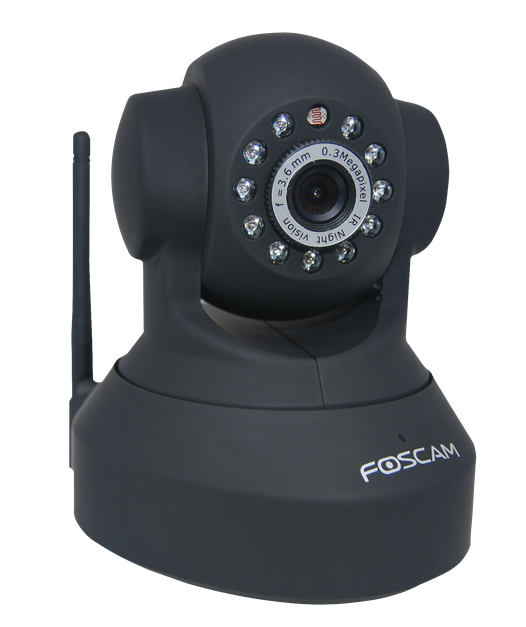Nanny cams can be a handy tool for parents monitoring their children; however, they do have their drawbacks if proper precautions aren’t taken. In recent cases, these devices have been hacked, allowing uninvited guests to see into the house and even speak: professional nanny Ashley Stanley was startled when a man began making comments like “Oh, that’s a beautiful baby” and “That’s a really poopy diaper” as she cared for one-year old, Samantha.
But how are these hackers gaining access to these IP cameras that are protected by WiFi passwords? Not only does WiFi have its own security settings, but the router does too. It is important that passwords that are tough to crack are set up for both of these devices in order to ensure security and privacy.
Popular wireless IP camera, Foscam has received a lot of backlash for these technical incidents as they sell 50,000 to 60,000 cameras each month. However, security and privacy issues aren’t limited to cameras. For the connected device industry to really take off, manufacturers will need to address consumer concerns about security, and educate users about taking proper precautions.

